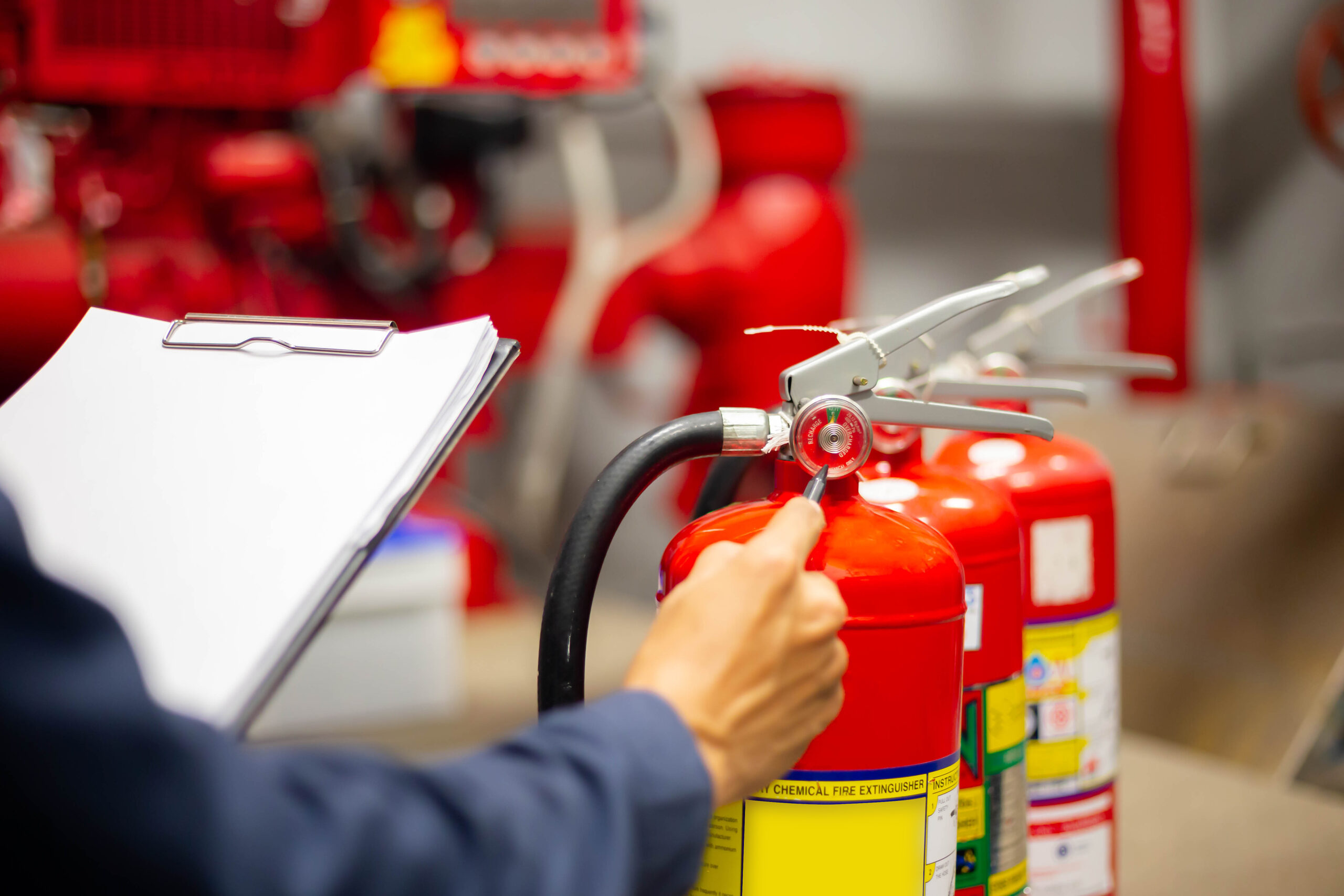Making sure your employees and visitors are safe in busy workplaces should be a top priority. One really important part of Health & Safety is checking electrical appliances, in a process known as Portable Appliance Testing (PAT). This process is a cornerstone in preventing potential hazards, prolonging the life of appliances and meeting legal compliance standards.
In this comprehensive guide, we’ll cover everything you need to know about PAT testing, exploring its definition, importance, how often a PAT test should be carried out, and what’s involved, including the 3 electrical classes each type of appliance is categorised by.
What is PAT testing?
PAT testing is the systematic process of inspecting electrical appliances to make sure they’re safe to use. The process is designed as a safeguard against electrical hazards, and evaluates the integrity of appliances, cords and plugs to mitigate risks of electrical shocks, fires and other accidents.
Why is PAT testing important?
According to the Health and Safety Executive (HSE), there are around 1000 major electrical-related injuries reported each year, and around 30 people die from their injuries. So, properly testing your electrical appliances is incredibly important when it comes to keeping your people safe and reducing the likelihood of accidents and incidents caused by unsafe electrical equipment.
Is PAT testing a legal requirement?
There’s no specific legislation that makes PAT testing equipment a legal requirement. However, according to the Electricity at Work Regulations 1989, it is mandatory to ensure that any electrical equipment posing a risk of injury is kept in a safe condition. Other regulations like the Provision and Use of Work Equipment Regulations 1998, the Health and Safety at Work Act 1974 and the Management of Health and Safety at Work Regulations 1999 also require employers and duty holders to carry out regular assessments in order to keep employees and workers safe.
How often should a PAT test be done?
Generally, it’s recommended to conduct PAT testing every 6 to 12 months, but the timing depends on the equipment type and the environment it’s being used in. The example the HSE gives is that a power tool used on a construction site should be tested more frequently than a lamp in a hotel bedroom.
The 3 electrical classes in PAT testing
In a PAT test, appliances are categorised into three electrical classes, and each one has different characteristics and requirements.
Class 1 appliances
These appliances are grounded and feature both live and neutral wires along with an earth connection. This category could include kettles, toasters and refrigerators.
Class 2 appliances
Class 2 appliances don’t require grounding – they’re instead equipped with double insulation to provide more protection against electric shocks. These could include hairdryers, laptops and televisions.
Class 3 appliances
Class 3 appliances are characterised by low voltage and safety extra-low voltage (SELV), and are typically supplied by transformers – for example, desk lamps and some types of battery chargers.
What does PAT testing involve?
There are several key steps involved in PAT testing equipment to make sure the evaluation is thorough and detailed.
Visual inspections
Before the testing starts, a visual inspection will be carried out on all the portable appliances being tested. A lot of safety defects can be spotted at this point.
Manual inspections
The next step involves the actual PAT test using specialist equipment. There are different types of PAT tests to ensure compliance with regulations:
- Earth continuity test – this is for appliances that fall under Class 1, and ensures that the built-in safety measures work in case there’s a fault.
- Load test – this measures how much power an electrical appliance consumes when running and makes sure the equipment operates properly and receives enough current. It also helps determine whether there’s overloading.
- Bond test – this test measures if the connection travelling from the main appliance down to the cable and outlet is good. It’s useful for identifying whether the appliance received the minimum nominal voltage to function.
- Insulation test – this measures insulation resistance against an electric current to make sure the insulation is enough to prevent electric shocks and sparks.
Make PAT testing simple with HS Direct
To streamline the PAT testing process and make sure you’re complying with safety standards, you might want to download our PAT testing method statement template. In this document, you’ll find a step-by-step process, with details on how to test appliances and what to do once your tests are carried out.
We’ve also got a wide range of documentation surrounding electrical safety, as well as e-learning courses that your people can complete at their own pace, in the comfort of their own home or office. Do you have any questions about PAT tests or electrical safety? Give us a call on 0114 244 4461 or get in touch and we’ll get back to you.








